Heat pumps explained - how they work and how to determine whether a heat pump is right for your home
Everything you need to know about heat pumps summed up in one easily digestible guide

Lauren Bradbury
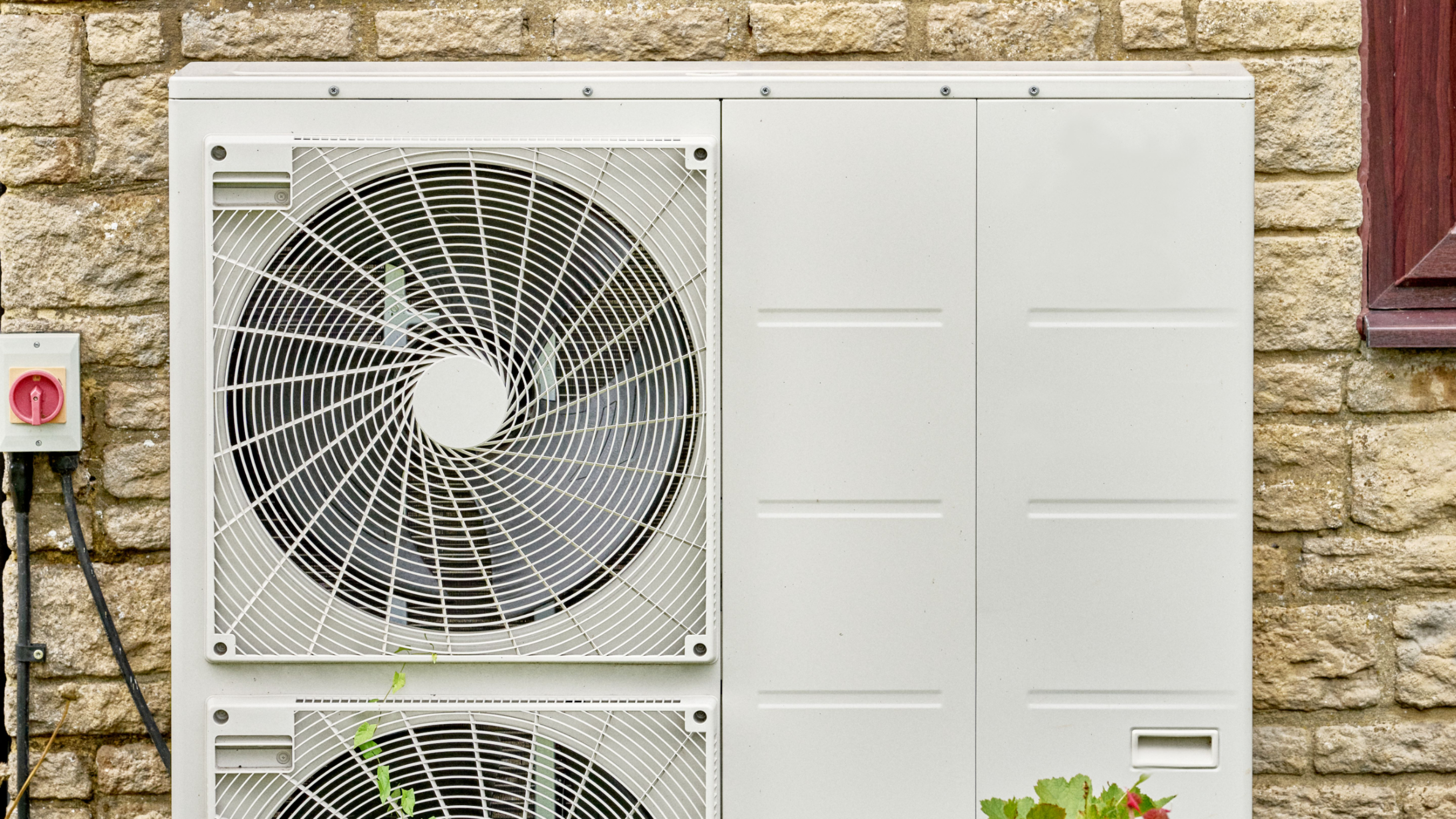
If you didn’t already know, heat pumps are the future. In fact, the UK government has even passed legislation to ban gas boilers in new-build properties from 2025 as part of its commitment to reach net zero by 2050. But while you don’t have to replace your gas boiler just yet, it’s well worth looking into heat pumps as an alternative for when that time comes.
Currently, heating our homes accounts for around 14% of the country’s total carbon emissions, with more than 85% of homes relying on natural gas to power their boilers. And as the heat pumps vs gas boilers debate suggests, heat pumps represent an alternative to gas boilers that can help you save energy, money, and the planet simultaneously.
But while Joseph Raftery, Heating Product Manager, Samsung Climate Solutions says that ‘heat pumps offer a solution to a greener way of heating which helps to future proof your home,’ there’s no denying that heat pumps are still an enigma to many people. That’s why we’ve explained everything you need to know about heat pumps - from how heat pumps work to determining whether a heat pump is right for your home.
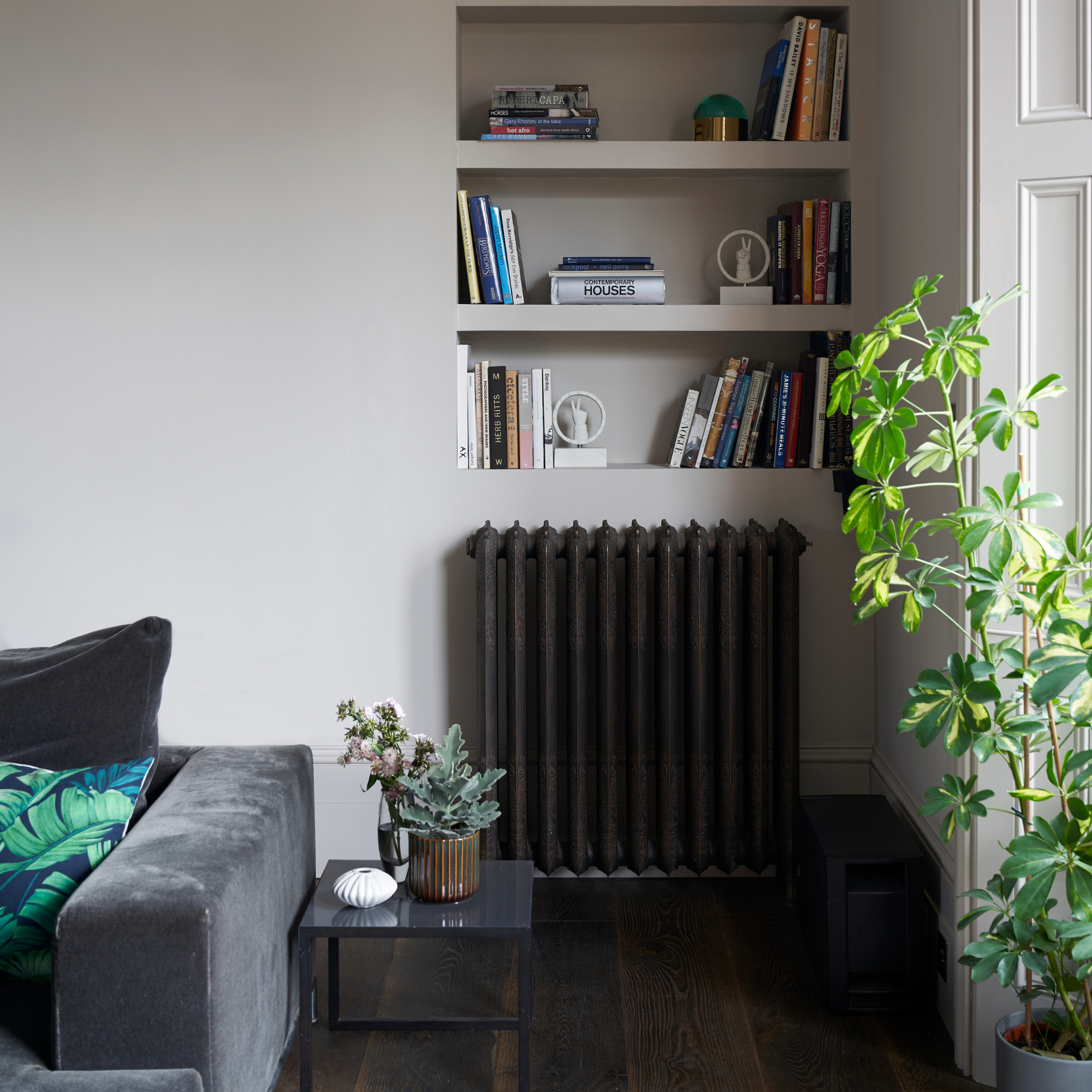
What is a heat pump and how does it work?
In short, a heat pump replaces your gas boiler, so you can move away from gas and keep your home warm in winter with a more eco-friendly, efficient alternative. But how does a heat pump work? Well, a heat pump takes energy from the air or ground and transfers it indoors to heat your home.
David Leviseur, CEO and co-founder of heat pump specialist Fornax, explains further. He says, ‘Heat pumps harness the heat energy from outside your home, which is readily available even in frigid temperatures, and transfer it to water for space heating or hot water production. They're not dissimilar to the refrigerator in your kitchen, which uses heat pump technology only in reverse to chill rather than heat.’
Of course, it’s worth mentioning that heat pumps can’t be your sole power source as they won’t provide your home with both gas and electricity, but they are still a welcome gas replacement. They won’t use too much electricity, either.
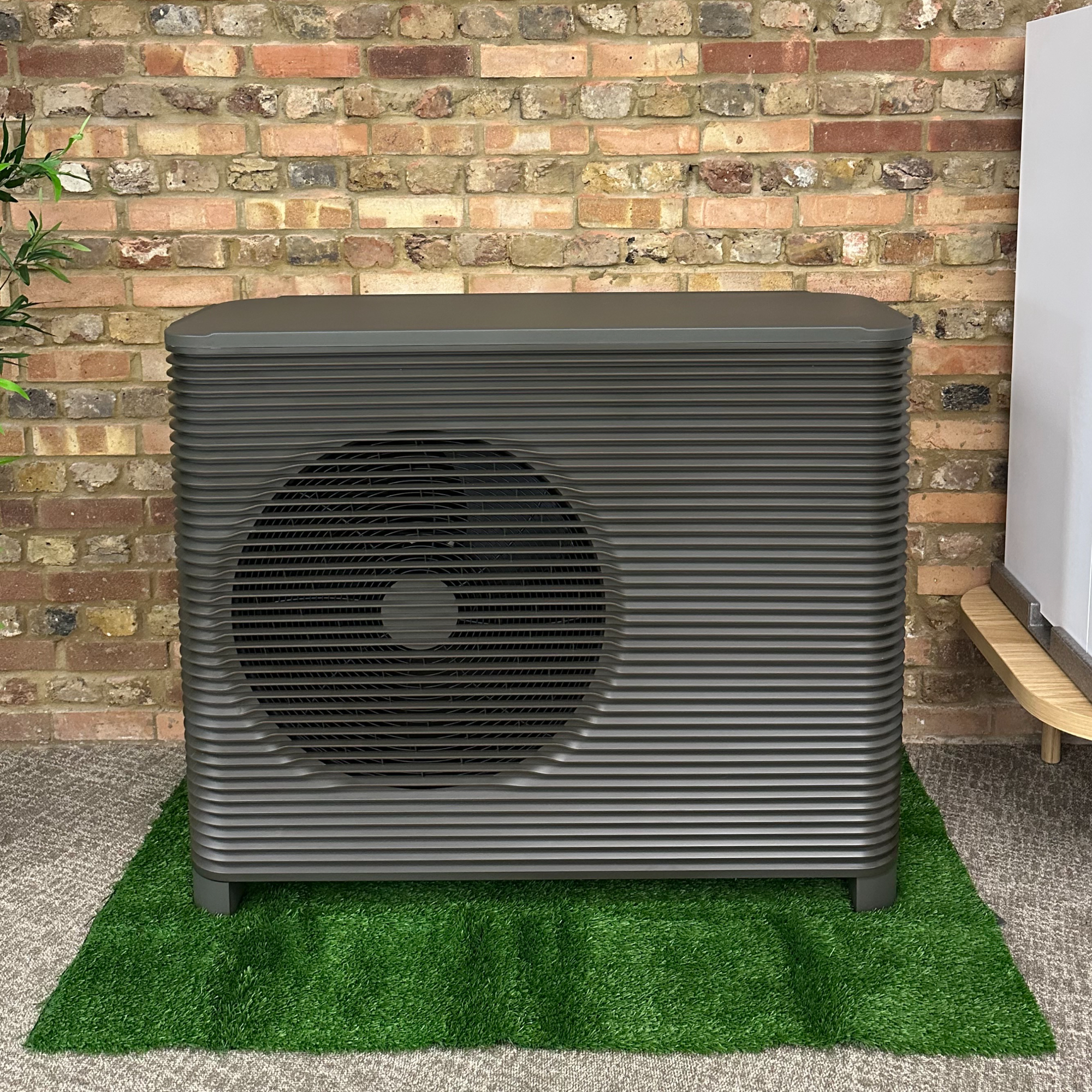
David says, ‘Because a heat pump essentially moves heat rather than generating it, they require only a small amount of electricity to keep your home warm, unlike traditional heating systems that burn fossil fuels to create heat.’
Sign up to our newsletter for style inspiration, real homes, project and garden advice and shopping know-how
In fact, heat pumps give out more energy in heat than they use in electricity - meaning heat pumps are the most efficient way to heat a house.
'Heat pumps can achieve efficiencies of 500% or more, providing 5kW of heat for every 1kW of electricity,” says Lee Hermitage, EMEA Marketing Director for Honeywell Advanced Materials. 'A new gas boiler operates at about 90% efficiency only, producing less than 1kW of heat per unit of gas.'
This means that - although heat pumps can be expensive to buy and install - they will save you money on your energy in the long run. And while the price of electricity is generally more expensive than gas, gas is a finite resource (and a fossil fuel), so its price is likely to rise further. Meanwhile, electricity prices should be stable and ultimately go down as we get ever better at generating electricity from the sun, wind, and waves.
The different types of heat pumps
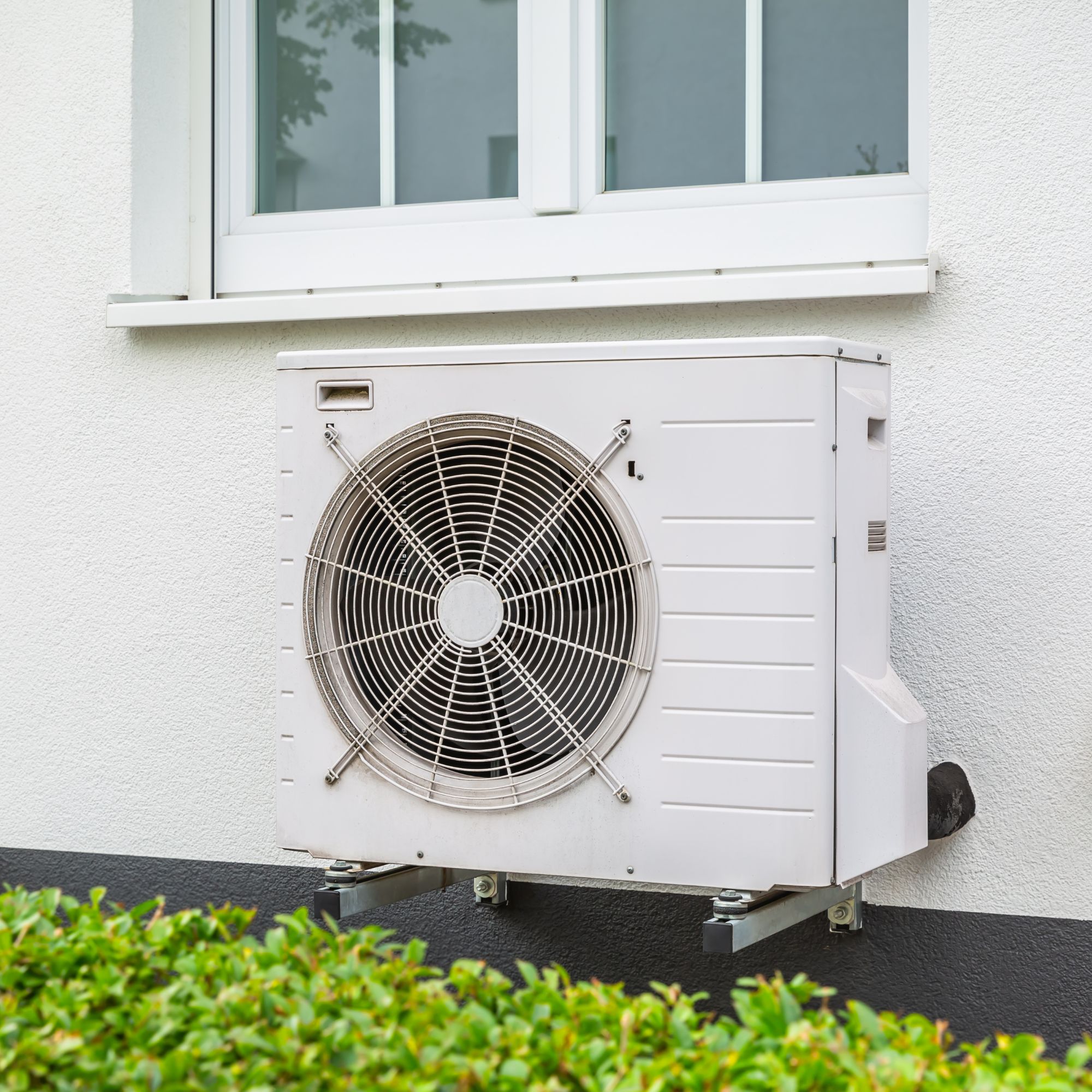
There are two types of heat pumps that can heat your whole home: air-source and ground-source. Thankfully, both of them work in all weathers, offering consistent, all-round heat. They do this in different ways, though.
Air-source heat pumps: Our guide on air-source heat pumps will provide you with more detailed information on this type of heat pump. However, in short, air-source heat pumps extract heat from the outside air - and there are many advantages and disadvantages of air-source heat pumps. As David explains, ‘For the vast majority of homes, air source heat pumps – as they're significantly cheaper and easier to install and take up far less space – are the better option.’
Ground-source heat pumps: Once again, we have a detailed guide on ground-source heat pumps - along with detailed advantages and disadvantages of ground-source heat pumps. But instead of extracting heat from the outside air, this type of heat pump extracts it from the ground instead. According to David, this will often require ‘extensive excavation and installation of underground loops or boreholes, making them more suitable for larger-scale projects or new construction, or for large apartment buildings where the infrastructure costs are split and used by many.'
How to decide whether a heat pump is right for your home
Although the benefits of heat pumps outweigh the negatives, it’s fair to say that a heat pump might not necessarily be right for your home.
As Stuart Middleton, Consumer Energy Expert at So Energy, explains, ‘Most figures suggest that heat pumps will save you money in the long run, if you are using them as a replacement for non-renewable energy systems. However, the exact savings will depend on factors including the energy tariff you are on, the design of your central heating system, your location and its average air or ground temperature.’
And one of the main things you need to consider before buying any sort of heat pump is that you need to insulate your home. After all, a poorly insulated home will force the heat pump to work harder, so you won’t be able to take advantage of its efficiency.
Thankfully, grants may help with this, and insulation is a great investment because it pays for itself relatively quickly. That’s why experts recommend a 'fabric first' approach before fitting a heat pump.
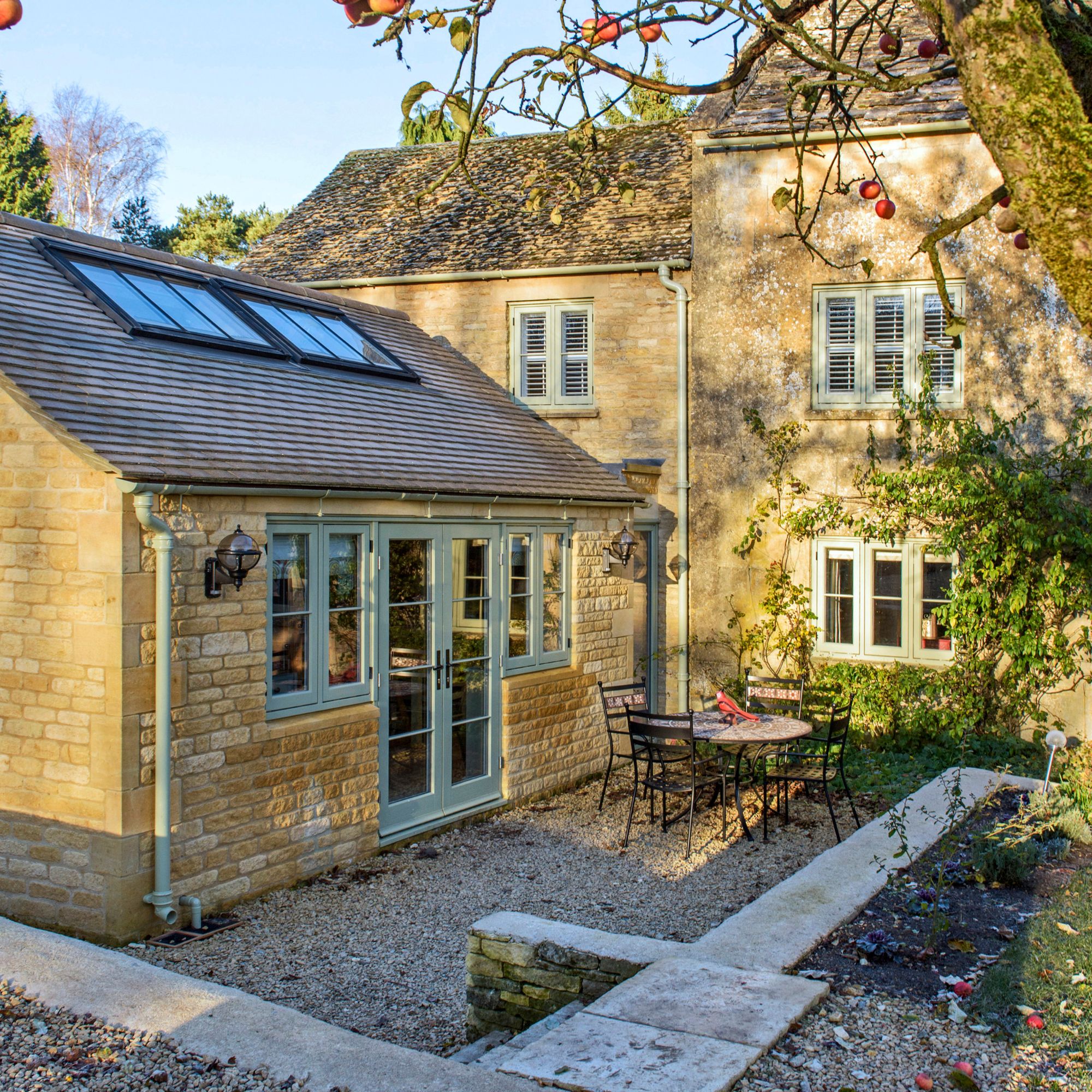
Alongside this, an important question is whether a new heat pump will work with your existing radiators and pipes, as the answer to that is often a complicated one. A heating engineer needs to look at your system to advise you best (see our guide to heat pump grants for how to contact an MCS-accredited installer), but here’s some general advice.
Heat pumps typically serve up a tank of hot water at 55°C, whereas hot water from a gas boiler can be more like 70°C. So, your existing radiators and pipes were designed for hotter water. This is why it’s best to insulate your home brilliantly before installing a heat pump and why the system will be scheduled differently. Radiators will be cooler but on for longer, rather than the “boom-and-bust” of scheduling radiators to be hot a couple of times a day.
You may be fine with your current radiators, but if your heating engineer recommends larger replacement rads, these can appear the same size as old rads but discreetly have more panels.
'This does not mean extensive work is needed,' says Joseph. 'In many cases, changing single panel radiators to a double or triple radiator will give the room the same comfort heat at 45-55°C as the old one did at 70-80°C. By using radiators with a larger surface area, or underfloor heating, more heat can be delivered into the room without increasing the water temperature.’
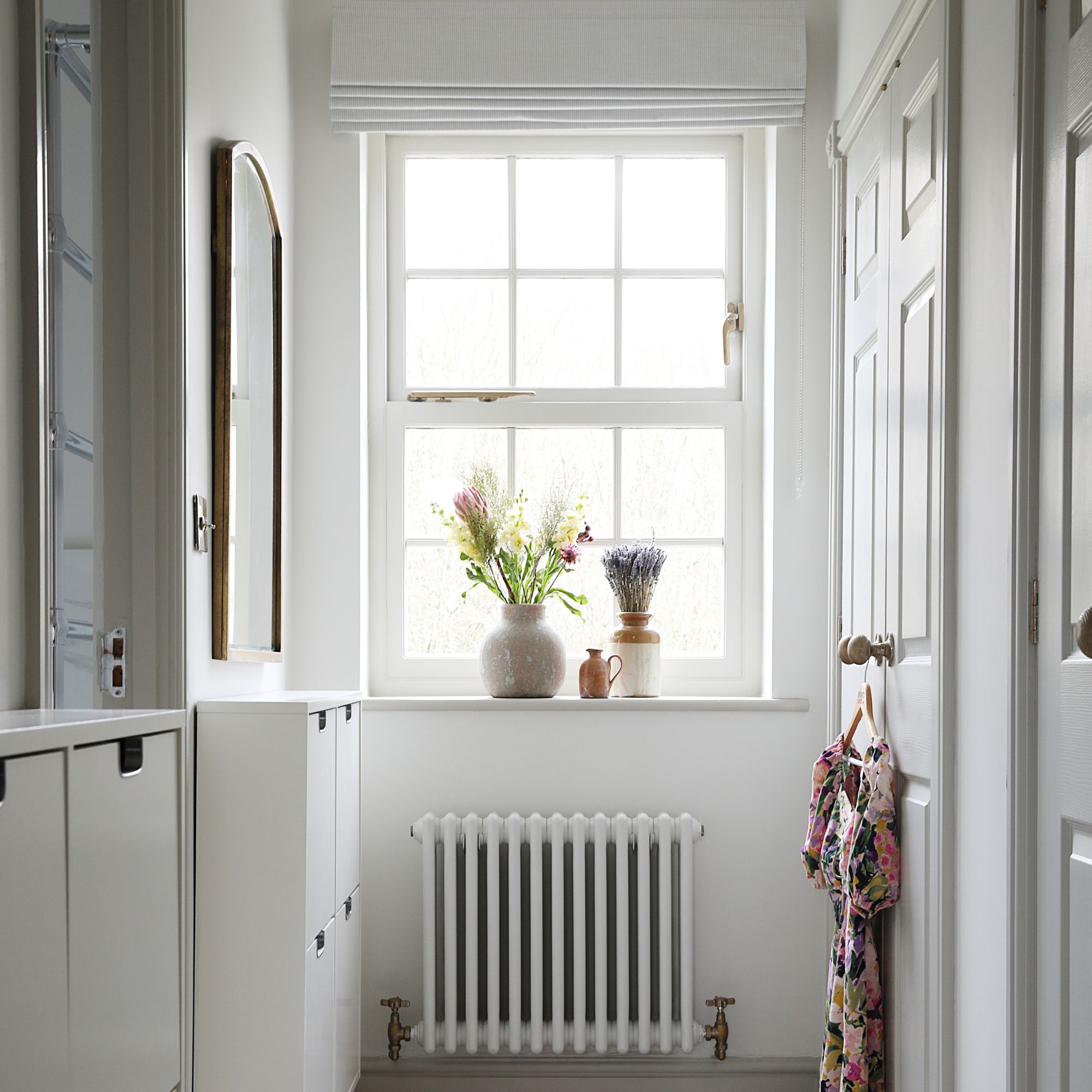
It’s also important to note that heat pumps aren’t a one-and-done purchase. Just as you need to regularly service your boiler to ensure it works to the best of its ability, you must also take steps to maintain and care for your heat pump. This involves servicing your heat pump and knowing whether you should (or shouldn’t) turn your heat pump off at night.
You also need to consider the refrigerant your heat pump will need to run effectively. This substance circulates in the pipes, but different refrigerants suit different heat pumps - and there are many different options on the market. So, you should ask what refrigerant is in each heat pump you’re considering and – crucially – its global warming potential (GWP). Ultimately, the GWPs of refrigerants can differ widely, but the smaller the number, the better.
For example, the Viessmann Vitocal 150-A uses R290 (propane) refrigerant. It’s one of the most climate-friendly and cost-effective available, with a global warming potential of less than one compared to other refrigerants with GWPs in the thousands.
Considering all this, it’s always worth consulting with heating and heat pump experts before signing on the dotted line and buying a heat pump for your home.
Is a heat pump a good investment?
In terms of the initial price, heat pumps aren’t cheap. And looking at their price, it may seem like they’re not a good investment - but you don’t necessarily have to foot the whole bill for them.
David says, ‘According to the latest data from DESNZ (Department for Energy Security and Net Zero), the median cost of an air source heat pump including installation is £12,995, and for a ground source heat pump £25,000. But to encourage the uptake of heat pumps so the UK can meet its target of reducing emissions to net zero by 2050, the Government is currently offering £7,500 grants through the Boiler Upgrade Scheme.’
This means that a brand-new heat pump could cost you just over £5,000. And when you look at the long-term picture, it can be well worth the investment - especially if you plan on staying in your home.
After all, David says, ‘A well-designed and installed air-source heat pump should use 3.5 to 4.5 times less energy than the average gas boiler. You can also take advantage of specialist heat pump tariffs that offer rates as low as 15p/kWh, while getting off gas also saves you the standing charge. Put this all together, and the average home should achieve an annual energy bill saving of around £500.’
This means a heat pump should pay for itself in just ten years. But that’s not the only reason a heat pump can be a worthy investment for your home, as heat pumps will also outlast a gas boiler by a mile.
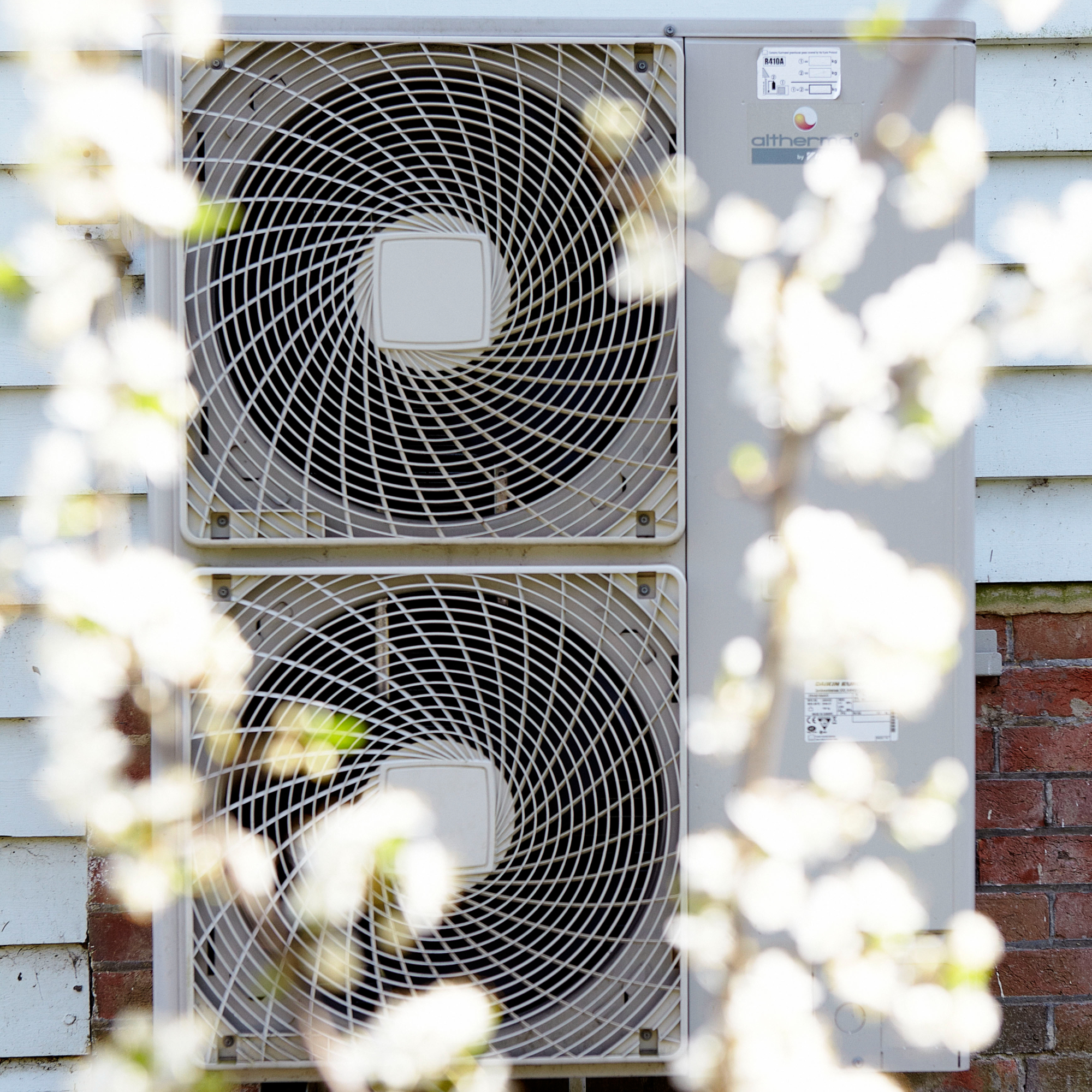
According to Ian McClaren, Founder of Dwellow, ‘An average air source heat pump is likely to last around 20-25 years. In comparison, many brands suggest their gas boilers would only last up to 15 years.’ So, the savings just keep coming.
Another perk is that a heat pump can also increase the value of your home, as buyers increasingly consider energy efficiency when they choose a home. For example, they’ll look at the EPC (Energy Performance Certificate) to see what they can expect from energy bills. This considers everything: your lighting, insulation, heating and more. It sets out how your home performs and its potential if you improve these things.
Even mortgage companies agree, as some lenders are taking the long view and either incentivising homebuyers to pick greener homes or contributing towards costs of green home improvements, such as heat pumps, if you have a mortgage with them.
The schemes will change, but ones to look at right now include Coventry Building Society, Halifax and Nationwide.
FAQs
What homes are not suitable for heat pumps?
Although heat pumps are an efficient upgrade from your gas boiler, they aren’t suitable for every home. Properties that aren’t suitable include:
- Poorly insulated homes, as they won’t work as efficiently.
- Small homes with limited outdoor space, as heat pumps need space to work.
- Older homes, as the solid walls are often harder to insulate.
- Flats or rented properties, as it’s hard to get universal consent.
You should also check whether you'd need planning permission for a heat pump, as in some cases you won't but in others you might.
Do you still need a boiler with a heat pump?
In most cases, no. A heat pump can successfully replace your boiler, so there should be no need to keep it. You will still need a hot water cylinder to store the water, though.
If you choose a hybrid heating system, though, you may still need a boiler with a heat pump. This allows you to keep your boiler as a backup just in case anything happens to your heat pump, so it's readily available should you need it.
If you’re unsure whether to fully switch to a heat pump or opt for a hybrid system, it’s best to seek advice from a professional who can inspect your home and your requirements.
So, that’s everything you need to know about heat pumps explained. Hopefully, we’ve covered everything you wanted to know in this guide.

Caramel Quin is an award-winning journalist and professional nerd who tests technology for newspapers, magazines and online. She has written for Ideal Home since 2012. She prides herself on real-world testing and translating geek speak into plain English. Her pet hates are jargon, pointless products and over-complicated instruction manuals.
- Lauren BradburyContent Editor (House Manual)